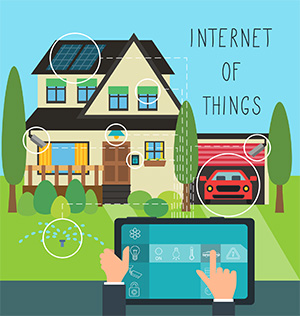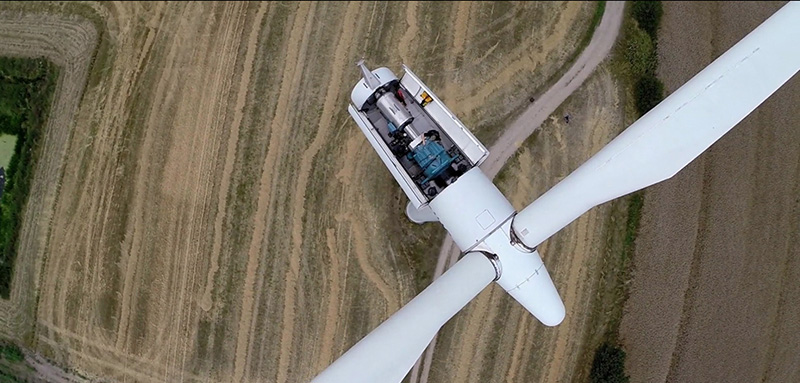I recently watched the five-part documentary series, “Islands of the Future” on Netflix. The series documents five islands off the coast of Europe who are reimagining the future of energy. Historically, these small islands have battled the forces of nature. Today, they’re leveraging the power of the sun, wind and water to generate clean energy.
The rising cost of oil and gas combined with limited resources have forced the islands to explore alternative energy sources. The series is well produced and captures the infrastructure challenges scientists and engineers have to overcome. These challenges are the catalyst for innovation. The episodes also include stunning aerial and drone photography as well as captivating interviews with a diverse group of people including farmers, engineers, scientists, entrepreneurs, politicians and even students.
Here’s the trailer and a break-down of each episode:
Episode 1: El Hierro – Visionaries at the end of the world
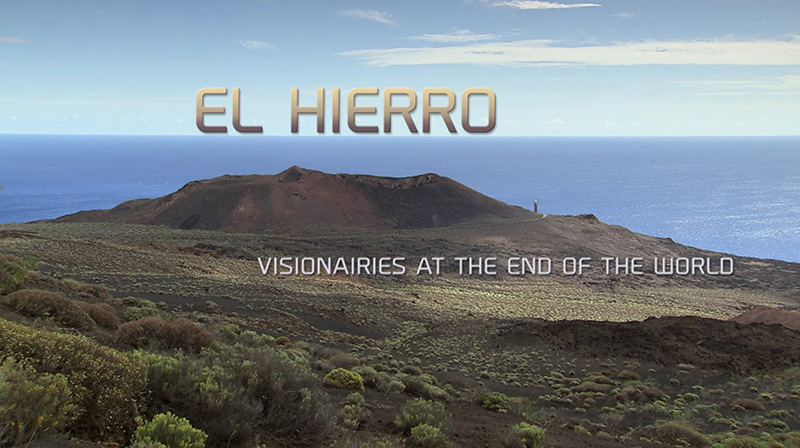
El Hierro is a small volcanic island in the Atlantic off the west coast of Africa. The unspoiled nature of the island provides unique habitats for a variety of animal species. Despite the island’s beauty, it suffers from chronic water shortage and severe droughts. These droughts, combined with the rising cost of oil, have forced the island to explore alternative energy sources.
The episode begins with Javier Morales, a former advisor to the island government, jumping out of a plane and parachuting onto the island. Morales discusses the severity of the El Hierro’s energy crisis and the trials and tribulations of developing a clean energy strategy.
The island initially erected wind turbines. However, the turbines were not effective. Wind power has a drawback. It cannot be stored directly and has to be utilized as soon as it’s generated. This is a serious engineering challenge. Javier and his team of experts developed a concept that could store wind and water together to power the entire island.
Their strategy was to build a wind park that would create enough wind to pump desalinated sea water up to a large volcanic crater. When wind power is not being generated, the stored water is released to produce more energy in a hydroelectric station below the crater.
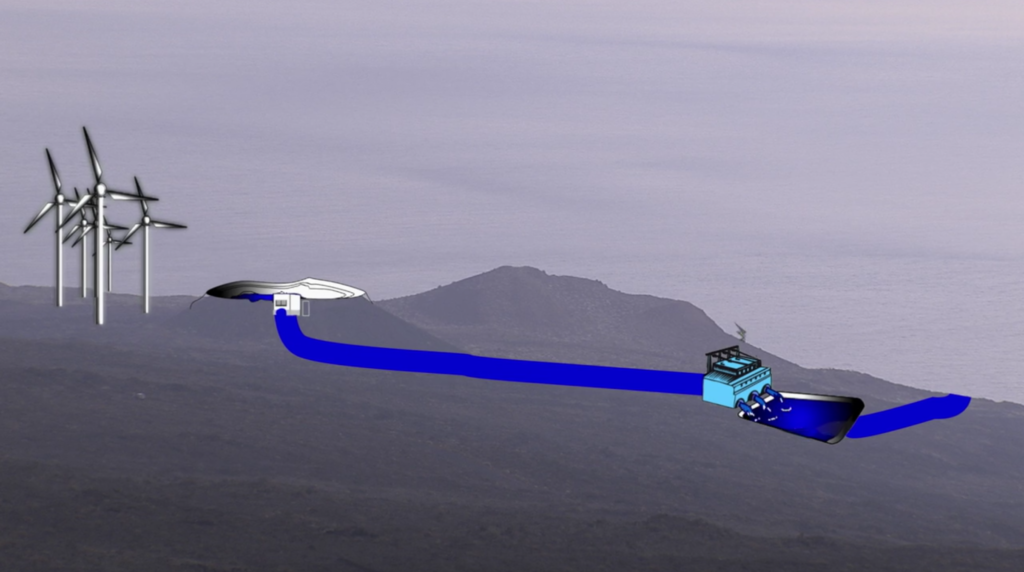
Interestingly enough, it was the oil companies who helped fund the project. Each wind turbine produces 2.3 megawatts of electricity. The island’s maximum consumption was 8 megawatts of electricity. They now produce more than needed. The government took a 60% share in the new power plant and ultimately, the atmosphere is spared 19,000 tons of carbon dioxide every year. The innovation of storing wind energy in the form of water was a huge technical break-through. A lot can be learned from the little island of El Hierro.
Episode 2: Madeira – The struggle for water and power
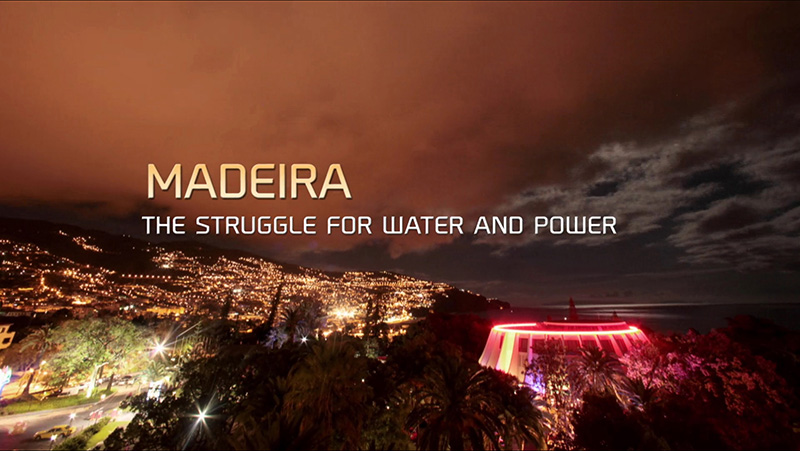
Madeira is an archipelago (collection of islands) in Portugal off the coast of Morocco. The island is famous for its natural beauty and mild climate, which attracts one million tourists per year. Tourism is the most important economic factor but it also poses the biggest threat to Madeira. Tourists expect modern amenities. The need for modern amenities have negatively impacted the islands resources. However, the struggle for water and electricity has always made the island inventive.
Madeira – “The struggle for water and power,” is the 2nd episode in the series and the most intriguing. Water has always been a struggle for the island. The southeast section of the island is incredibly dry. Levadas (aqueducts) were originally built in the 16th century and cut across the entire island to carry water from the mountains in the north to the south. Construction was monumental undertaking and not to mention, quite dangerous. The levadas are an engineering masterpiece and are still used today. They were originally designed to provide drinking water and irrigation for crops, however, today they are also used to generate electricity.
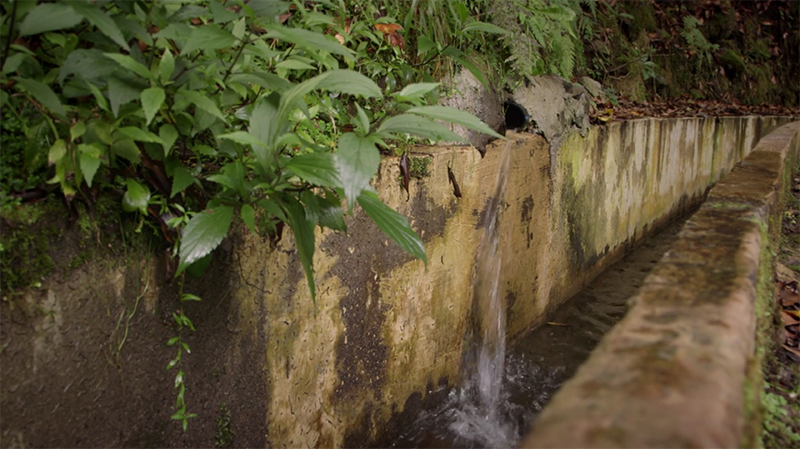
Water conservation is still practiced. Most residents on the island have a small back garden to grow fruits and vegetables. The island employs a water distributor to travel the island and open water flow ducts in the levadas channels. It’s an old technique and a full-time job. The distributor only comes every other week in the summer, which puts the gardens at risk.
Madeira was faced with the same challenge of storing wind power as El Hierro. Importing diesel is extremely expensive and water power alone is not enough to power the island. So, Madeira turned to wind turbines, solar panels and a power station to bridge the gap. The wind turbines are producing enough electricity for 45,000 people. The turbines have also created high-tech, STEM focused jobs for the residents.
The island created a strategy to leverage the levadas and invest in the infrastructure of a hydroelectric power station. They have figured out how to store wind power. When energy demands rise in the morning, the power station turns on. The water shoots out of the upper reservoir from the mountain through the down pipe and sets the turbines in motion. The power station output is 15 megawatts. The wind energy turns on in the evening when the energy consumption drops. This strategy allows the island to produce electricity without losing water.
By 2020, 50% the Madeira’s energy will be produced by renewable energies. This puts the island several steps ahead of the rest of Europe. Madeira has proved necessity is the mother of invention.
Episode 3: Orkney – The blue revolution
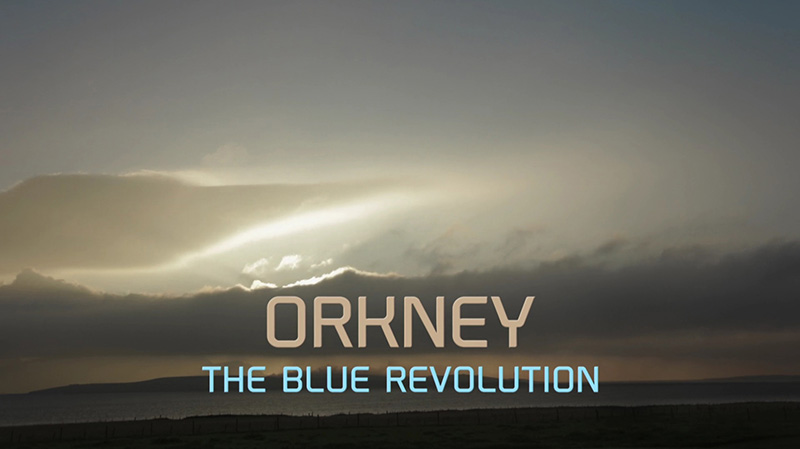
Orkney is a group of islands off the coast of Scotland. It’s been said that the island gets 9 months of rain and wind and three months of bad weather. It’s a tight knit community – only 21,000 people reside on the island. Time passes slower on Orkney, everyone knows each other. It’s a place where people are one with nature. They have to be. Nature can be a devastating force on the island. The sea produces huge waves 19 meters high.
In terms of alternative energy production, the challenge for Orkney is how to leverage these forces. The European Marine Energy Centre (EMEC) is located on the island. EMEC was founded in 2001 and provides engineering teams with the opportunity to test and prototype devices in the sea against wave and tidal conditions.
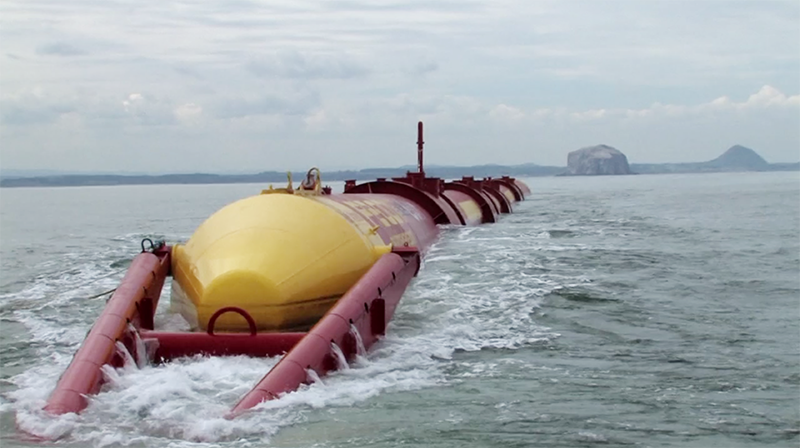
Due to the innovation in this field, Orkney has become the global center for advancing clean energy generated by the sea. Students visit from all over the world and major companies are investing in the research. Unlike wind turbines, sea turbines have no down time. Orkney now generates 100% of its net power from renewable energy.
The episode comes to an end with the narrator comparing the island to Silicon Valley, “Perhaps Orkney will one day be for wave and tidal power what Silicon Valley was for the computer industry… the place where it all began.” It’s great comparison.
Episode 4: Samso – The Community of Power
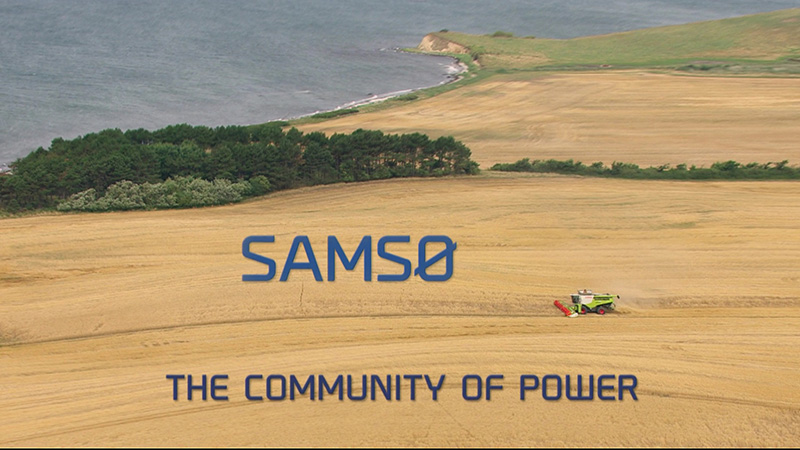
Samson is the first CO2-free island in the world. 100% of its electricity comes from wind power and biomass. How did they accomplish this? Samson is a story about community. Located in the Danish Baltic Sea, Samson is a cozy farming community. The countryside is characterized by picturesque fields, seagulls and windmills. Tourists come to explore the unspoiled nature of the Danish islands and take in the peace and tranquility.
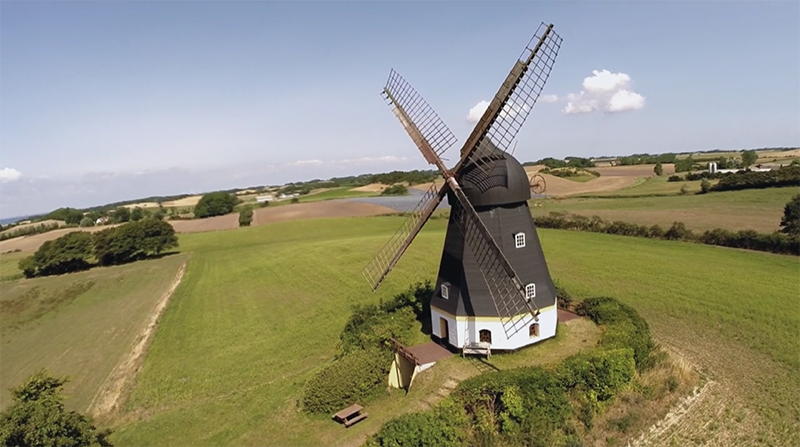
The people of Samso think outside the box. There’s no shortage of interesting ideas. Wind turbines were established on the coast. Eleven turbines produce all of the island’s energy needs. Samson also deployed wind turbines out at sea leveraging the power of the tides.
Straw is an important raw material on the island. Farmers get paid for both the weight and quality of the straw. Straw has two significant advantages over oil:
1: Straw grows again.
2: When straw is burned, the amount of carbon dioxide that is released into the atmosphere is the same amount that the straw takes from the air when it’s growing.
Executing a clean energy strategy wasn’t always easy. Business is not always motivated by sustainable living or green initiatives. Even though new jobs were created in the process, traditional ones were lost.
Despite the challenges, Samso has implemented a successful energy revolution. One that scientists and engineers from around the world are learning from. Although it is a success story, it’s also a story about people, community and inventiveness.
Episode 5: Iceland – Green paradise at the crossroads
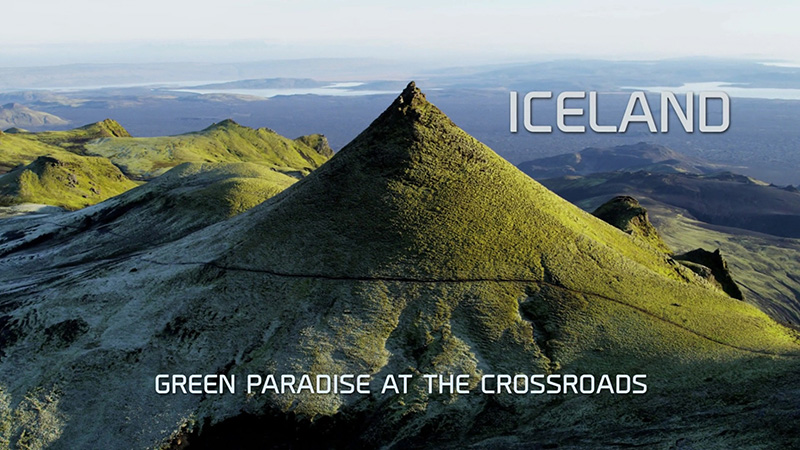
The fifth and final episode in the series takes place in Iceland. Iceland is a Nordic island located in the North Atlantic Ocean and is home to over 300,000 people. The summers are cool and the winters are long and dark. The country is situated on a fault line where the American and European continental plates are shifting two centimeters a year, resulting in boiling ground water, volcanoes and hot sulfurous fumes. However, hot water is an integral part of the culture. Icelanders love bathing and swimming – It’s a social event and the pool is a popular meeting place.
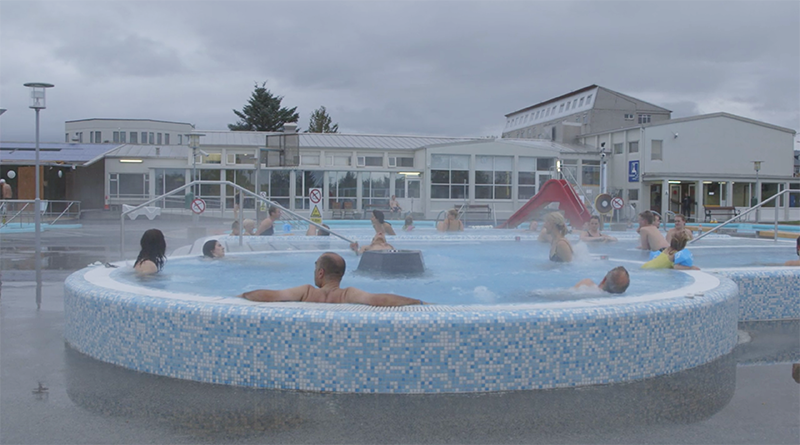
In the 1960’s, Iceland was an underdeveloped country. The fishing industry was the foundation of the economy. However, innovation in science and engineering have positioned the country as leaders in the renewable energy space. In fact, Iceland was acknowledged in 2010 by the Guinness World Records as “the greenest country in the world.”
Iceland has an abundance of renewable energy resources. They invested in a geothermal power stations, wind turbines and machinery that can separate water and steam. Geothermal energy is heat energy generated in the Earth. The power is sustainable, producing less than 5% of the greenhouse gas emissions of traditional coal powered plants. Today, the whole land enjoys inexpensive heat and water.
Renewable energy sources provide all of Iceland’s electricity. The country expects to be completely energy-independent by 2050. Iceland has proven to the world that true sustainability requires a bit of imagination.
I was fascinated by the scope of these clean energy projects. The series did a wonderful job capturing the drama the engineering challenges presented. In fact, I found myself I binge-watching the episodes. I was quite impressed with the ingenuity and creativity of the islands.
Innovation in environmental services such as alternative energy production, transportation and recycling programs are important items that are defining communities. I think the world can learn a lot from these small innovative islands.
